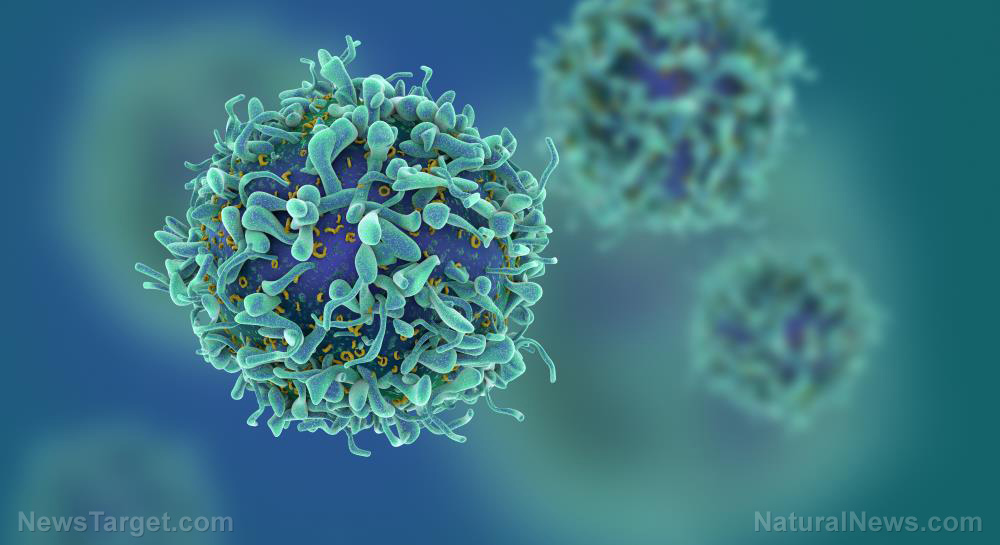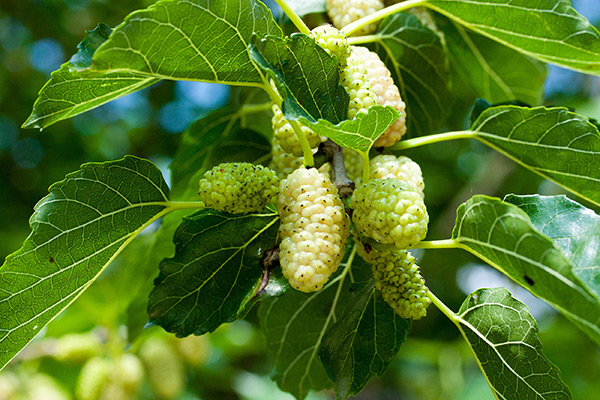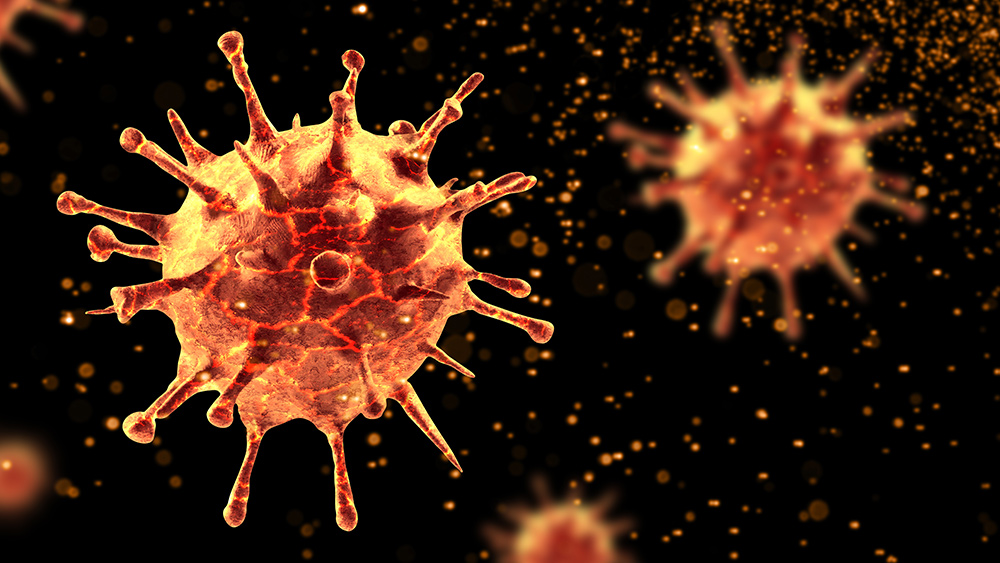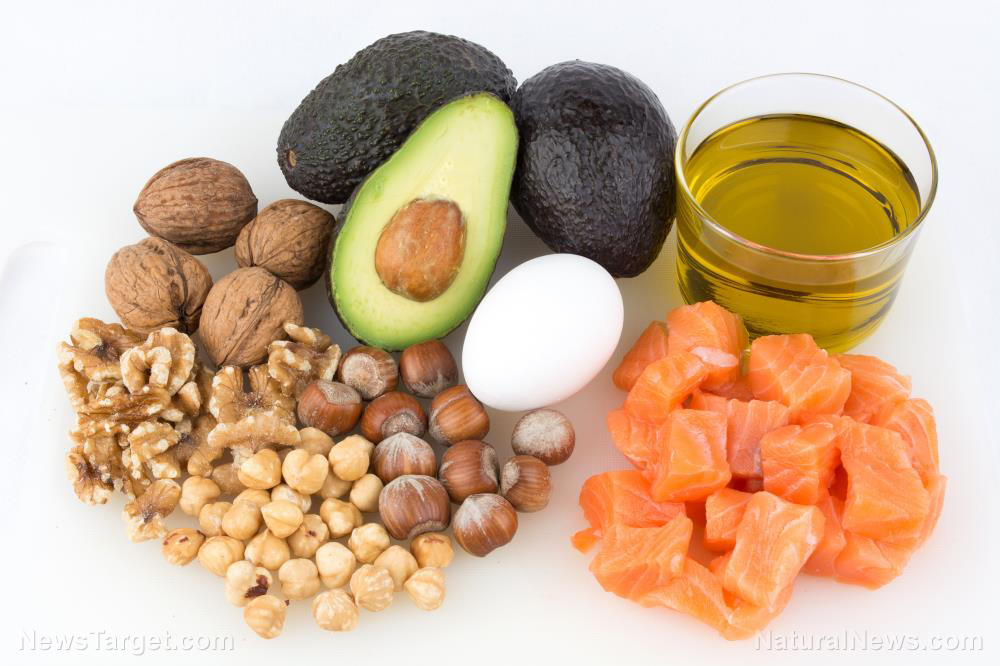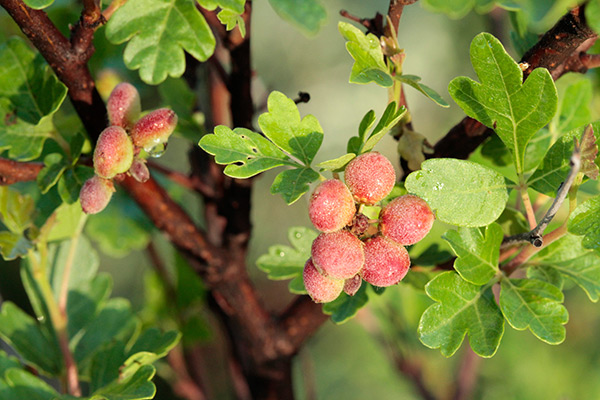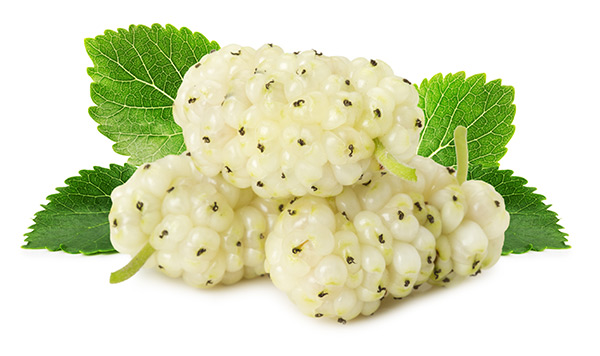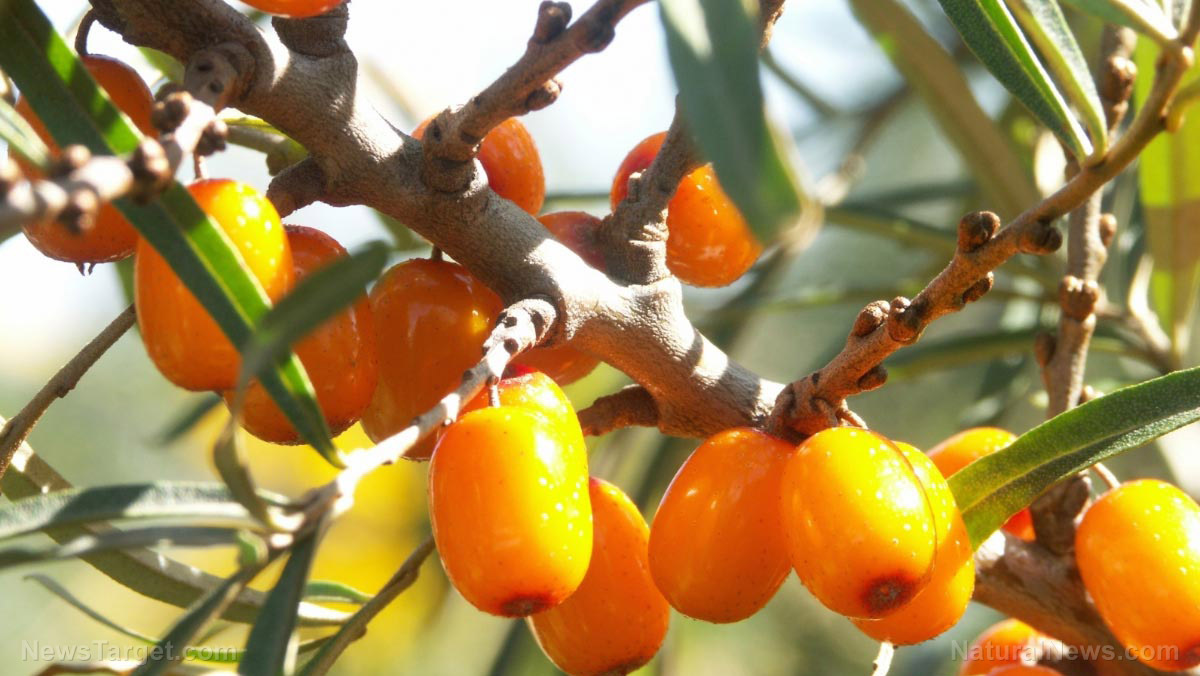Under-investigated plants from the myrtle family found to have antibacterial activity
06/04/2020 / By Evangelyn Rodriguez
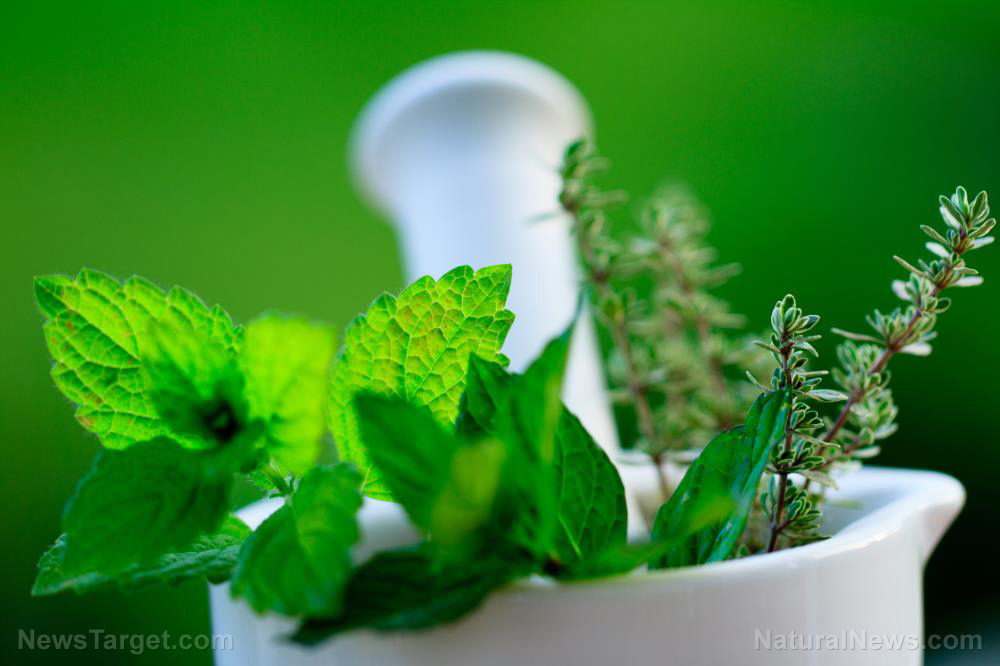
Antimicrobial resistance (AMR) continues to be a global health threat. As microbial pathogens develop new resistance mechanisms, common infectious diseases become difficult to treat. As a consequence, they also become more dangerous.
For instance, the World Health Organization (WHO) reports that in 2014, nearly half-a-million people died from tuberculosis, which was caused by a multi-drug resistant bacterium. The agency also states that AMR is beginning to complicate the fight against HIV and malaria.
While new and effective antimicrobials are difficult to develop, scientists have pinpointed plants as potential new sources. Studies show that extracts from certain plants have strong antimicrobial properties, which could also prove to be useful against antimicrobial-resistant pathogens.
In a recent study, researchers from South Africa and Tanzania examined the antimicrobial efficacy and cytotoxicity of some under-investigated plants endemic to South Africa. These plants belong to the Myrtaceae or myrtle family, a large family of fruit-bearing plants that possess a wide range of pharmocological properties, including antimicrobial activities. The researchers reported their findings in an article published in BMC Complementary and Alternative Medicine.
Syzygium and Eugenia species show promise as natural antimicrobials
For their study, the researchers first selected nine local plants that belong to the genera Syzygium (four plants) and Eugenia (five plants). To test the plants’ antimicrobial potential, they obtained crude leaf extracts from each using acetone as extraction solvent.
The researchers then tested the antimicrobial activities of the extracts against six common nosocomial pathogens: the Gram positive bacteria Bacillus cereus, Enterococcus faecalis and Staphylococcus aureus, and the Gram-negative bacteria Escherichia coli, Pseudomonas aeruginosa and Salmonella Typhimurium. These microbes were identified by the WHO as pathogens with the highest levels of resistance to most existing antibiotics in 2017.
The researchers also determined the number of antimicrobial compounds present in each extract using bioautography and measured their cytotoxicity against vero cells — a kidney cell line widely used for cell biology research. Additionally, they calculated the total antibacterial activity (TAA, mL/g) and selectivity index (LC50/MIC) of the extracts, and assayed their anti-biofilm activity.
The researchers reported that Syzygium legatii (mountain waterwood), S. masukuense (now S. chimanimaniense) and Syzygium species A (an unidentified species) were the most effective against Gram-negative and Gram-positive bacteria, with minimum inhibitory concentrations (MIC) ranging from 0.04-0.08?mg/mL.
E. erythrophylla (large-leaved myrtle), on the other hand, had the best MIC (0.02?mg/ml) against B. cereus.
The researchers also noted that most of the extracts showed relatively low cytotoxicity (LC50?>?20?mcg/mL) to vero cells and reasonable selectivity indices. This meant that the compounds present in them did not harm healthy cells. Only S. masukuense, Syzygium species A and E. natalitia (dune myrtle) showed moderate cytotoxicity.
In addition, all the extracts reduced biofilm formation but showed varying potential when it came to destroying pre-formed biofilms. Biofilm is a complex matrix of communities formed by microorganisms when they attach to a surface. This is one of the resistance mechanisms employed by microbial pathogens that enables them to persist even in the presence of antimicrobial agents.
Based on these findings, the researchers concluded that certain South African plants are great sources of antimicrobial compounds, which can be used to combat AMR and nosocomial infections.
Common herbs and spices with antimicrobial properties
Plants have been used for medicinal purposes since prehistoric times. Some 60,000 years ago, Neanderthals who lived in present-day Iraq were said to have used hollyhock for healing. The Ancient Chinese wrote tomes about medicinal plants and recorded their various medicinal applications.
Today, it is widely known that plants produce compounds called secondary metabolites, which are responsible for their health-promoting properties. Classified into tannins, terpenoids, alkaloids and flavonoids, these chemicals have proven themselves to be powerful anti-diabetic, anti-hypertensive, anti-cancer and antimicrobial agents. (Related: 5 powerful antibiotics that don’t require a prescription.)
Antimicrobial plant compounds can be found in many common culinary plants. Here are some herbs and spices which are known for their antimicrobial properties:
- Clove
- Cinnamon
- Nutmeg
- Oregano
- Onion
- Garlic
- Anise
- Sassafras
- Noni
- Wintergreen
- Ginger
There are plenty of edible and non-edible plants that you can use to fight bacterial, fungal and even parasitic infections. Learn more about antimicrobial plants that you can grow in your garden or stock your pantry or medicine cabinet with at NaturalAntibiotics.news.
Sources include:
Tagged Under: alternative medicine, Antimicrobial, antimicrobial resistance, herbal medicine, Herbs, natural antibiotics, natural cures, natural medicine, nosocomial infections, phytonutrients, plant medicine, remedies, research, South African plants, superbugs
RECENT NEWS & ARTICLES
COPYRIGHT © 2017 RESEARCH NEWS





